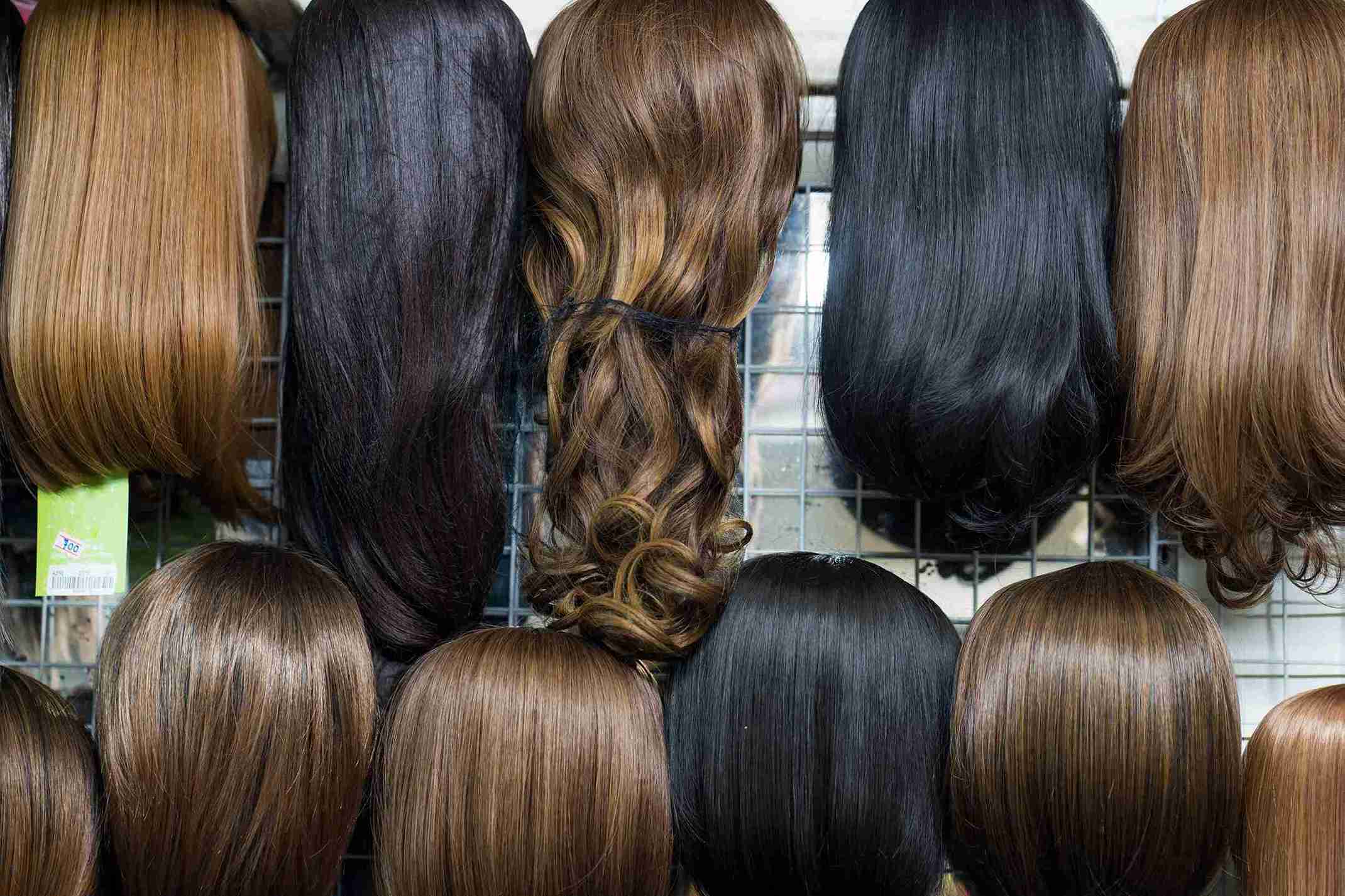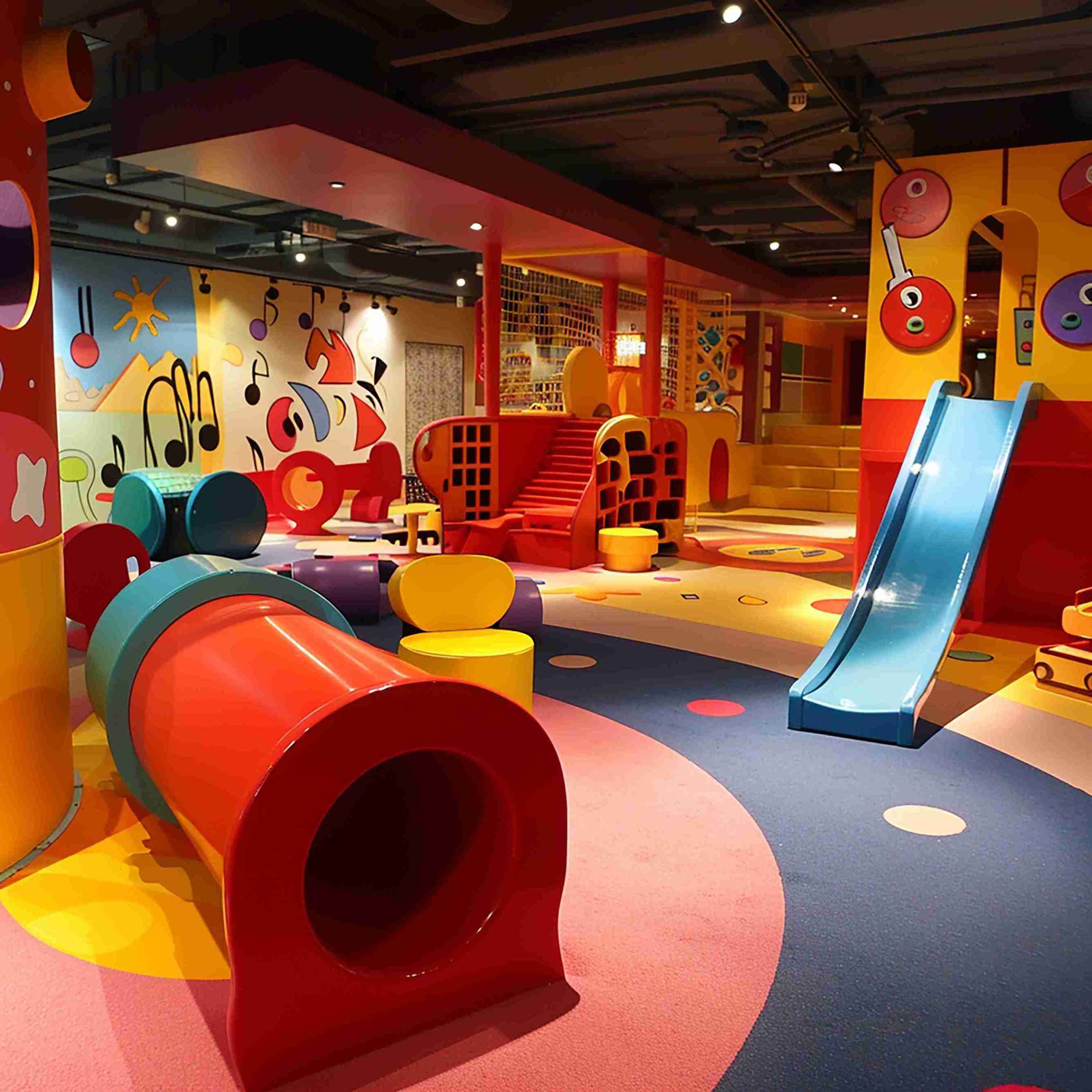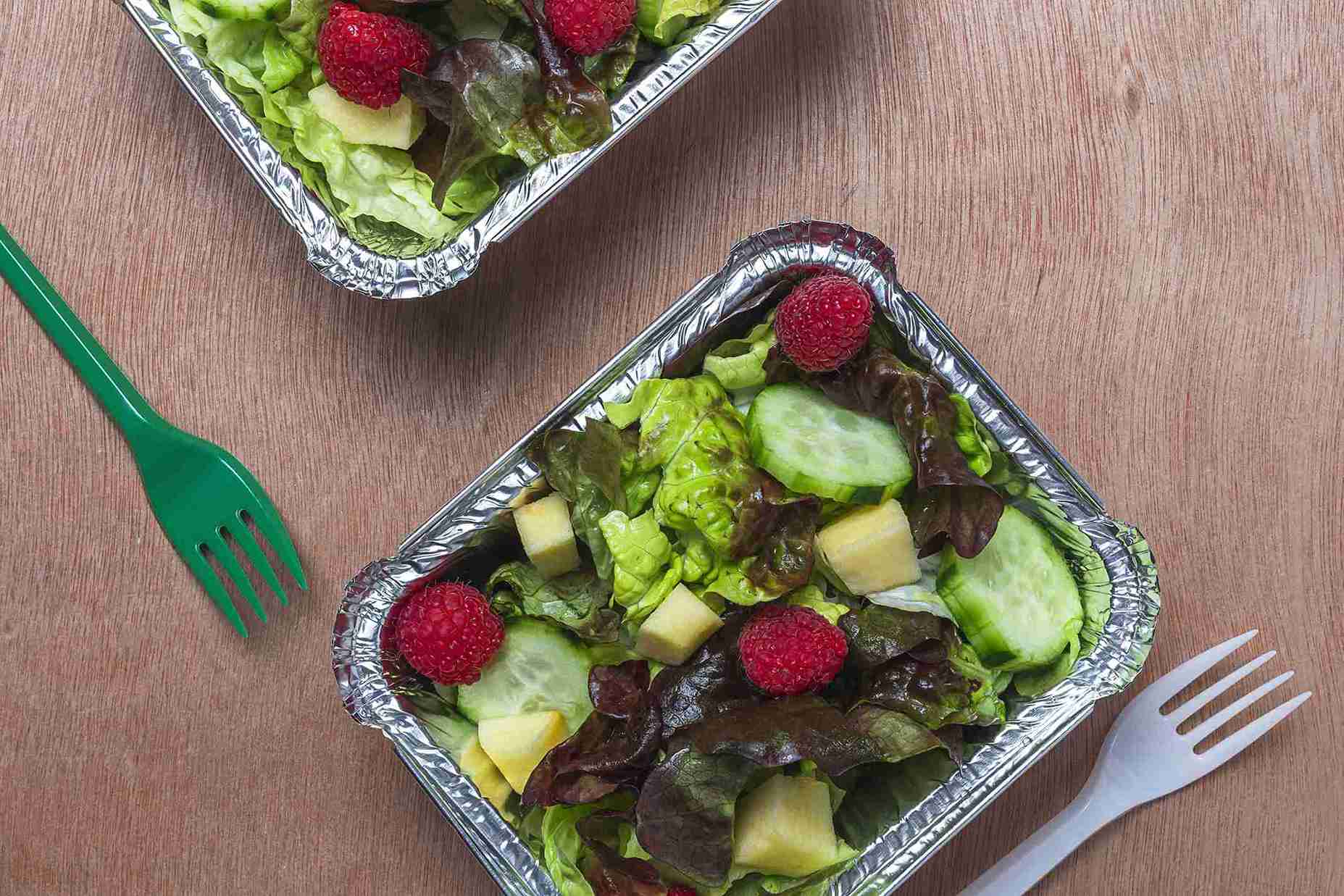The current beauty industry is highly competitive, and there is no longer a luxury of a pretty face, it is a requirement. But behind every flawlessly labeled cosmetic packaging bag lies a fusion of precision engineering and sensory branding. With the consumer demand changing to flexible, environment-friendly packaging, the brands are redesigning their production lines with the latest automation. A modern labeling machine is no longer just a tool for applying stickers—it’s an intelligent system, deeply integrated with materials science and marketing strategy.
What is the precise role of this technology that transforms the process of packaging? And why is its development so important to the future of the cosmetic industry? Want to know more? Let’s discuss
Labeling Machines: Automation, Precision, and Adaptability in Packaging Lines
At the core of any high-efficiency packaging facility lies the labeling machine—a sophisticated system built to handle speed, accuracy, and design flexibility. Simple adhesive labels were used with traditional machines but modern labeling equipment has servo motors to allow precise placement, intelligent sensors to detect errors on-the-fly and adaptive positioning to support curved or flexible surfaces.
Depending on the geometry of the product, there are several labeling techniques. Wraparound labeling is common when dealing with cylindrical packages whereas the top and bottom labeling may offer more accuracy on the surface of packages that are not cylindrical. Cosmetic packaging bags present additional challenges due to their lightweight, collapsible structure.
To overcome these limitations, labeling machines are designed with advanced tension controls and synchronized feed systems, ensuring smooth and uniform label application without wrinkling or misplacement.
Moreover, the smart labeling machines are also able to accommodate the changes in speed of production lines, minimizing idle times and maximizing productivity. As packaging continues to evolve, the labeling machine becomes a central node in ensuring both visual uniformity and mechanical reliability.
Cosmetic Packaging Bags: Material Composition, Barrier Protection, and Design
The cosmetic packaging bag has transitioned from a niche format to a mainstream solution in beauty and personal care. They are elastic, use less material, and can be customized easily, which makes them suitable both to young independent brands and big names. But what is in their building?

When it comes to the structural level, it is common that these bags are actually composed of multi-layer laminated films and these films are compounded features such as oxygen barrier, UV resistance and puncture strength. Metallized films give a superior look as well as additional protection to light and moisture, which is critical in sensitive formulations. Many cosmetic packaging bags also include resealable zippers, spouts, or tear notches, making them user-friendly and travel-compatible.
Shelf appeal is vital in design. Custom print finishes, such as matte lamination, metallic accents and soft-touch coating, make every bag a multisensory marketing tool. And due to the digital printing technologies, even low-volume printings can be characterized by the presence of complex designs and personalized branding. What is obtained is a format of packaging which is lightweight, strong, eye-catching and flexible- all qualities which make it more and more applicable in the beauty market.
Integrated Workflow: Synchronizing Labeling Machines with Flexible Cosmetic Bags
The integration between a labeling machine and a cosmetic packaging bag is a delicate balance of mechanical and material tolerances. Cosmetic bags in contrast to rigid containers have the ability to alter or change shape and thickness according to the volume of the fill and the lamination of the bag. This fluctuation makes the proper application of labels more complicated.
Advanced labeling machines are now engineered with shape-tolerance algorithms and pressure-sensitive rollers to ensure that labels are applied uniformly across curved or wrinkled surfaces. Thermal sealing zones (where heat is used in the production to seal edges) are also factored by these systems. The seal can be compromised by labeling on these zones or the adhesion process can be disrupted therefore intelligent machines do not label on these zones by pre-defining the mapping.
Other workflows use vision-based systems to recognize the precise orientation of the bag prior to labeling so micro-adjustments can be made in real time. The contemporary packaging lines can match the handling of bags and labeling through a combination of speed labeling and material-sensitive programming to ensure both speed and quality.
Some workflows utilize vision-based systems to identify the bag’s exact orientation before labeling, allowing for micro-adjustments in real time. By combining high-speed labeling with material-sensitive programming, modern packaging lines can synchronize bag handling and label application to maintain both speed and quality.
Sustainability and Efficiency in Cosmetic Packaging Automation:
As sustainability becomes a core concern for consumers and manufacturers alike, both cosmetic packaging bags and labeling machines are evolving to minimize environmental impact. Flexible bags are already smaller in terms of carbon footprint than conventional plastic or glass packaging due to lighter transportation and less material is used.
Meanwhile, the labeling machine is undergoing its own green transformation. Newer systems run on energy-efficient servo motors and less compressed air and can accommodate low-wasting labeling materials. Others go further to incorporate label liner recycling units into their machines to reduce the wastage in the production process. Regarding the materials, brands are moving to biodegradable films and recyclable pouch structures to meet the targets of the circular economy.
Such an orientation on eco-efficiency is also applied to digital integration. Smart labeling machines can log energy consumption data, monitor label usage, and optimize batch runs—all of which contribute to better resource management. Automation of packaging that is rapid and also environmentally friendly allows brands to save on cost and also have a good standing in the market.
Market Appeal: How Labeling Enhances Brand Identity on Soft Packaging Surfaces
The visual impact of differentiation products is very important in the cosmetic industry, and labeling contributes to a great extent. When paired with a cosmetic packaging bag, a well-applied label can deliver both function and flair. The label can contain barcodes, expiry dates, list of ingredients, regulatory icons, but they are also room to tell stories and brand.
In flexible bags, the difficulty is to apply a label that deforms without the label either wrinkling or mis-aligning. That’s where intelligent labeling machines come in, using vacuum hold-down systems and contour sensors to maintain the aesthetic integrity of the bag. This is so that the brand is perceived in a clear and consistent manner even when the brand is promoted in different product formats.
Labels may also have metallic foils, embossing or spot varnish to feel like the high-end skincare products- they are elegant without having to use a heavy package. Soft, flexible bags combined with a well-positioned label make the brands send the message of innovation, cleanness, and modernity simultaneously.
Conclusion:
With consumer expectations and packaging playing an ever more important role in product experience, the combination of smart technologies and material innovation is no longer a choice anymore, it is a necessity. The partnership between the labeling machine and the cosmetic packaging bag represents more than automation; it’s a strategic design alliance.
Servo-driven precision, smart material compatibility and other features in the latest packaging systems are designed to do more than transport products; rather, they convey quality, sustainability, and brand worth.With continued advancements in automation, vision systems, and eco-friendly materials, the cosmetic industry is poised to redefine beauty packaging for the next generation—one intelligent label at a time.




